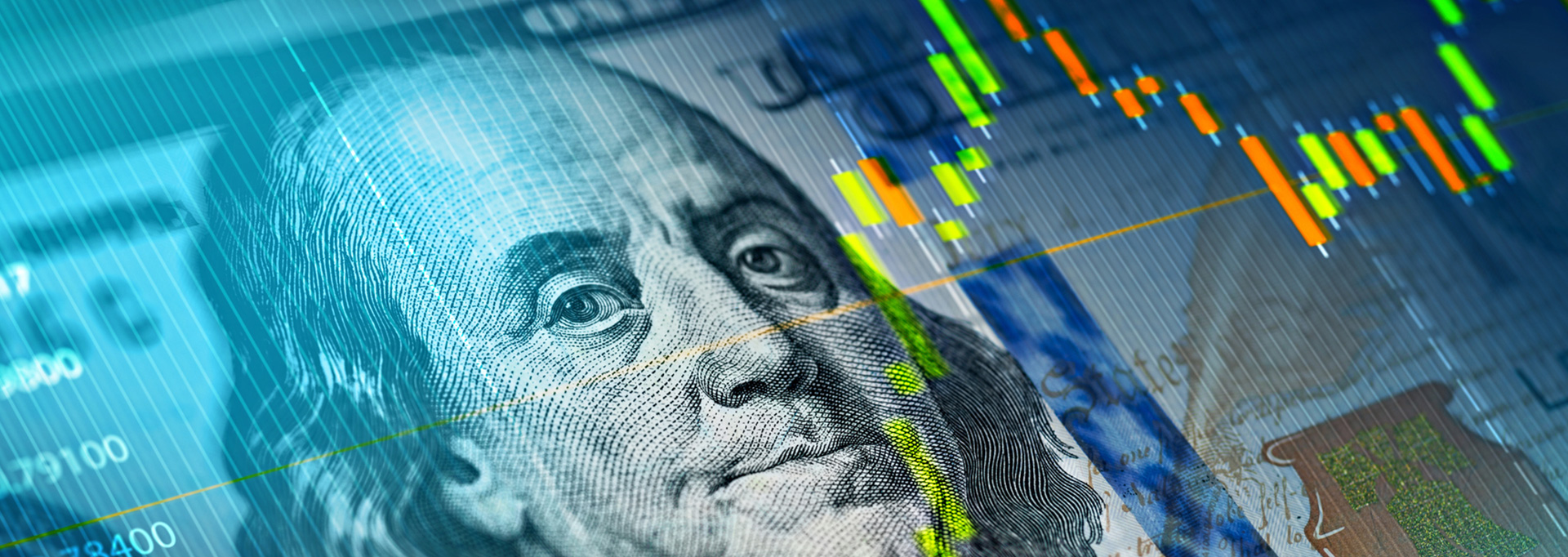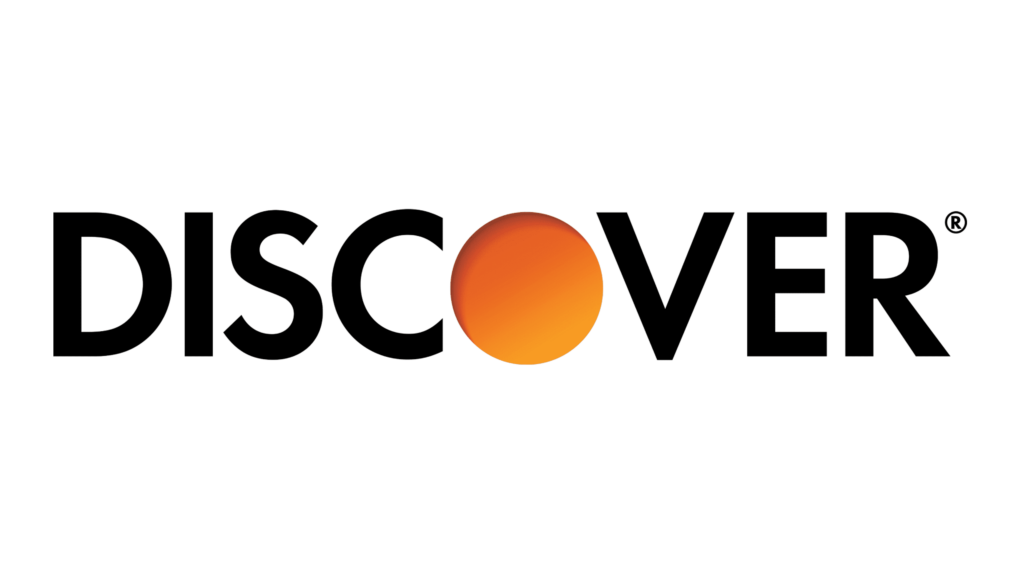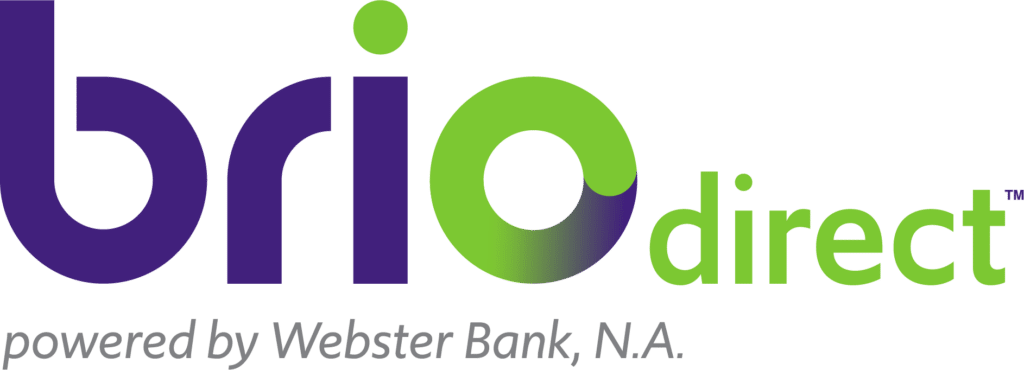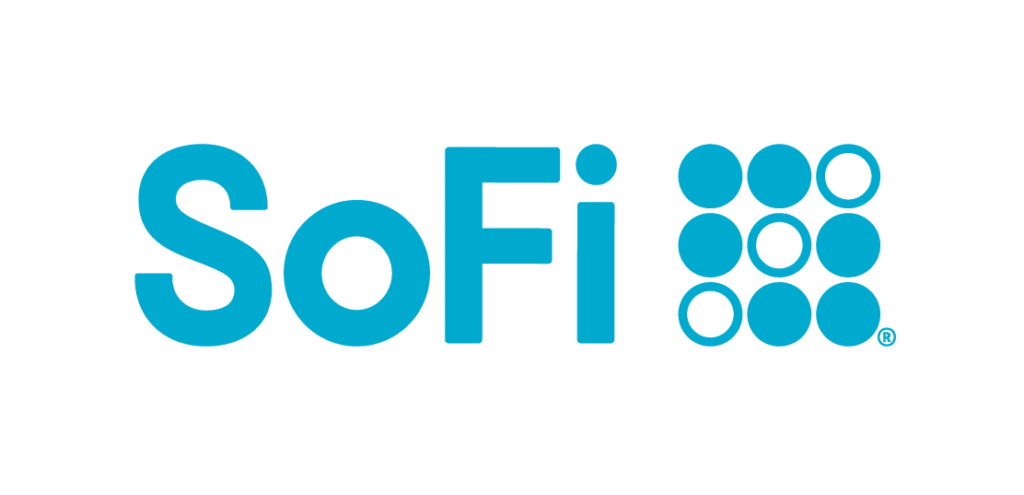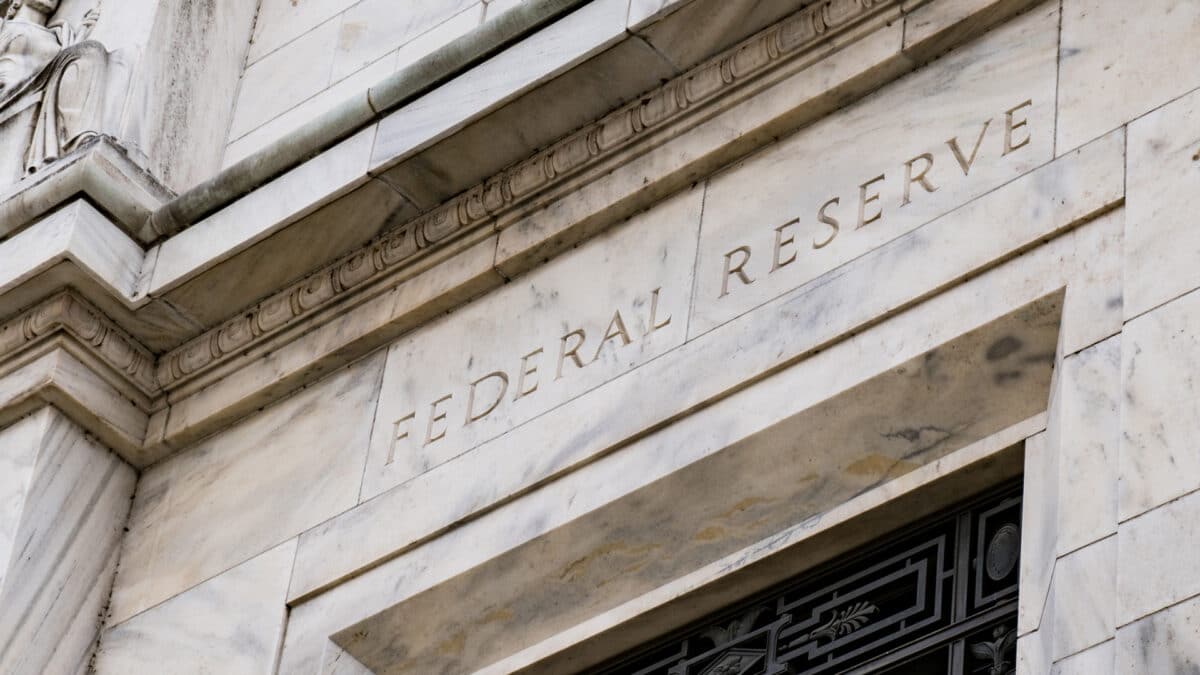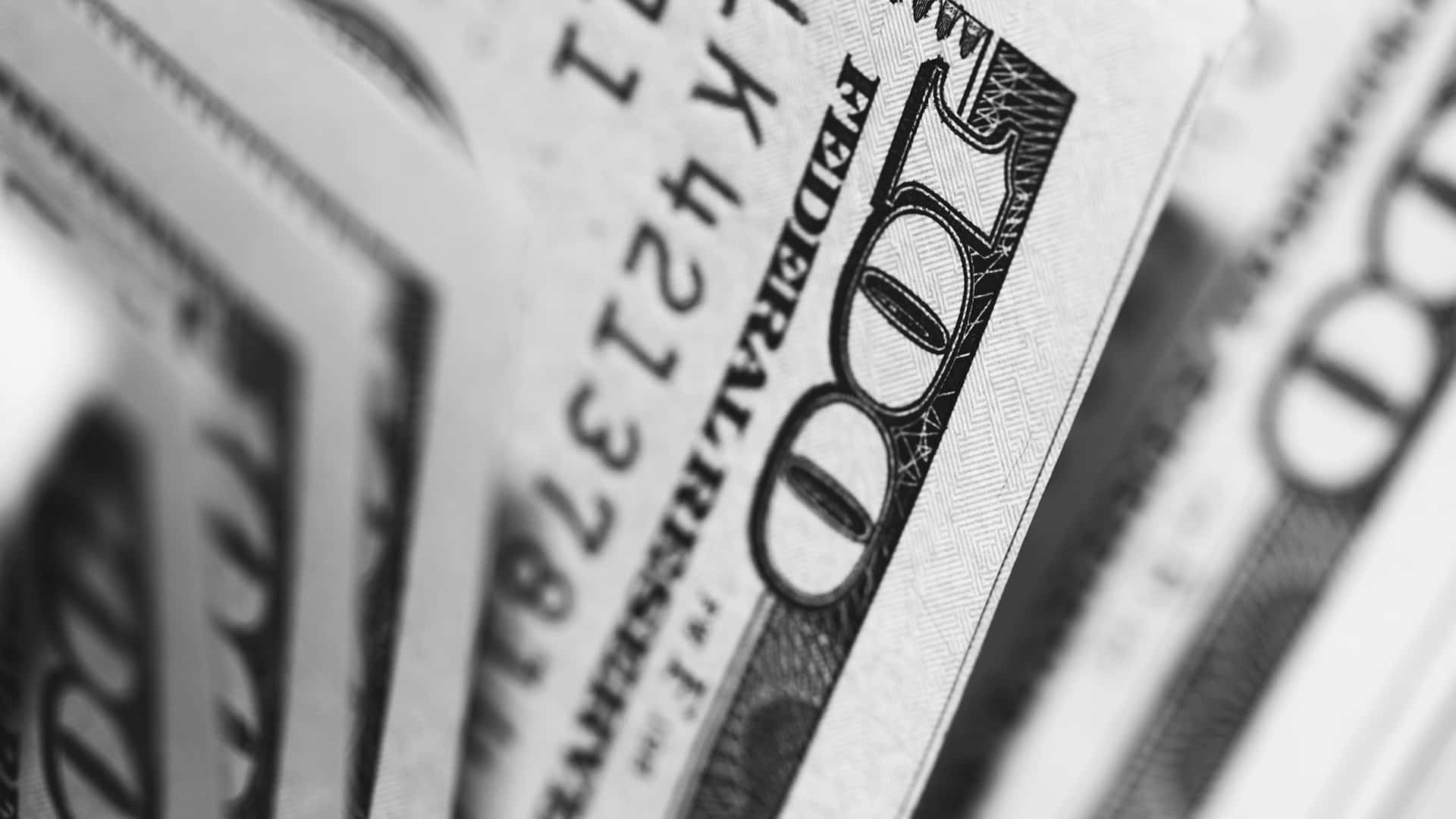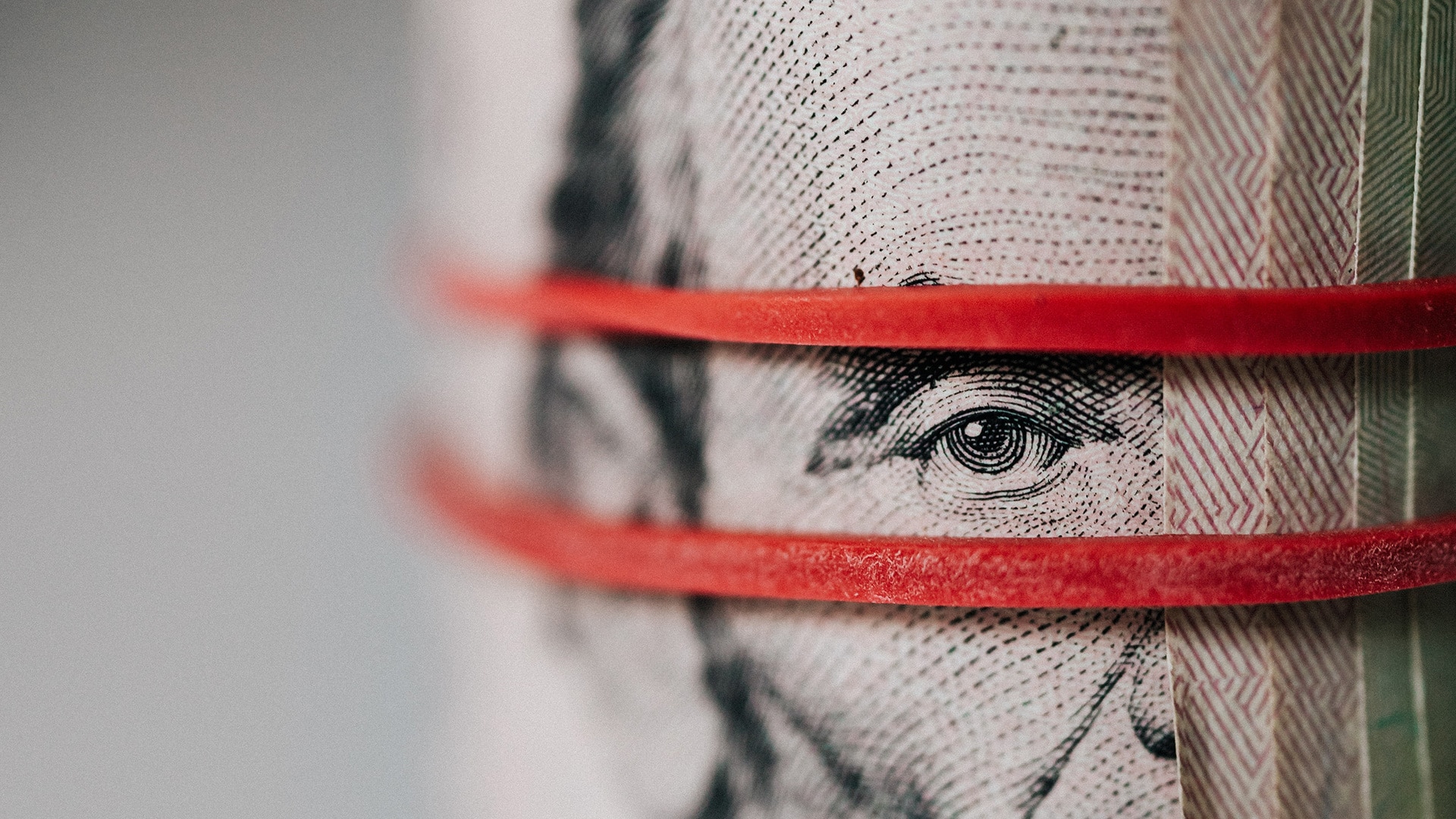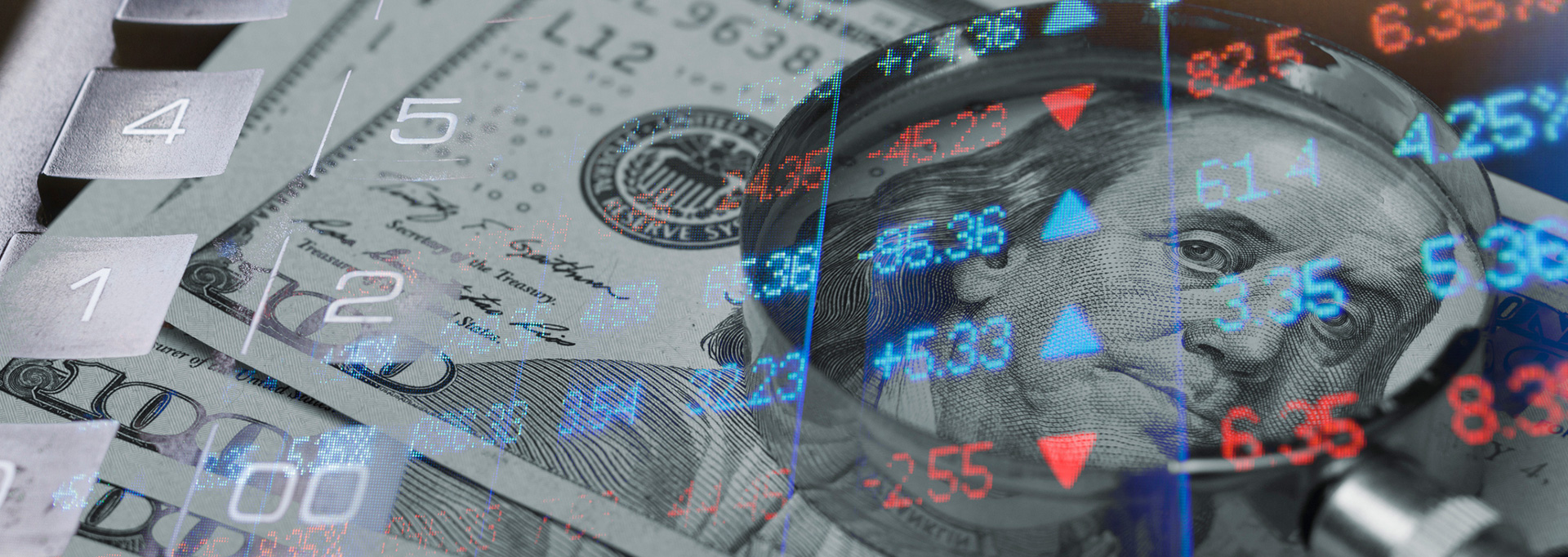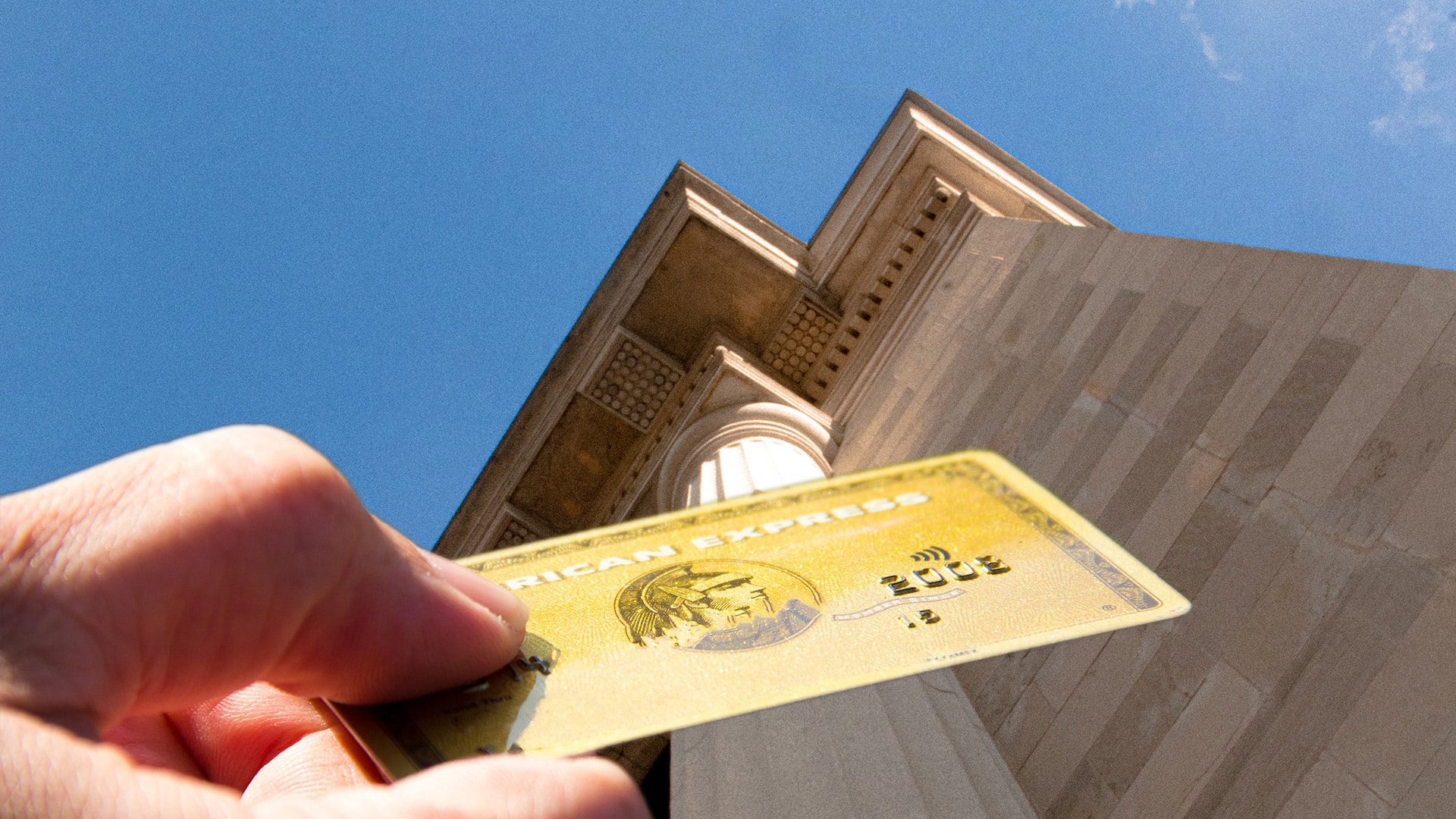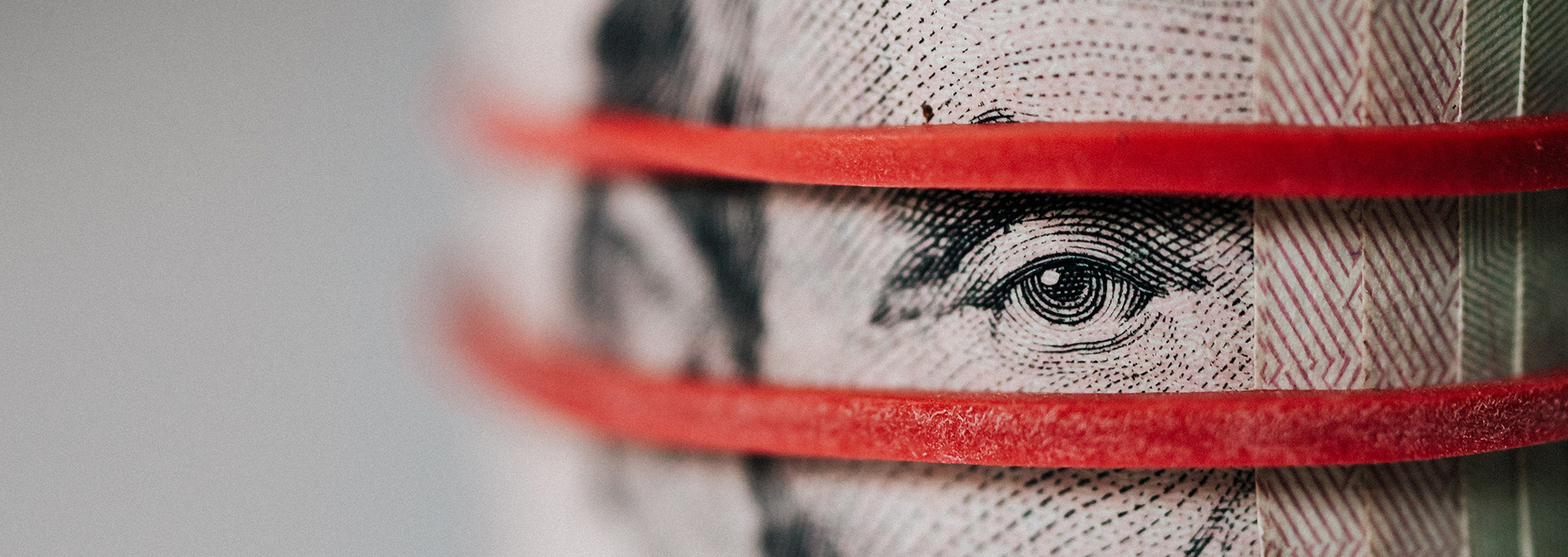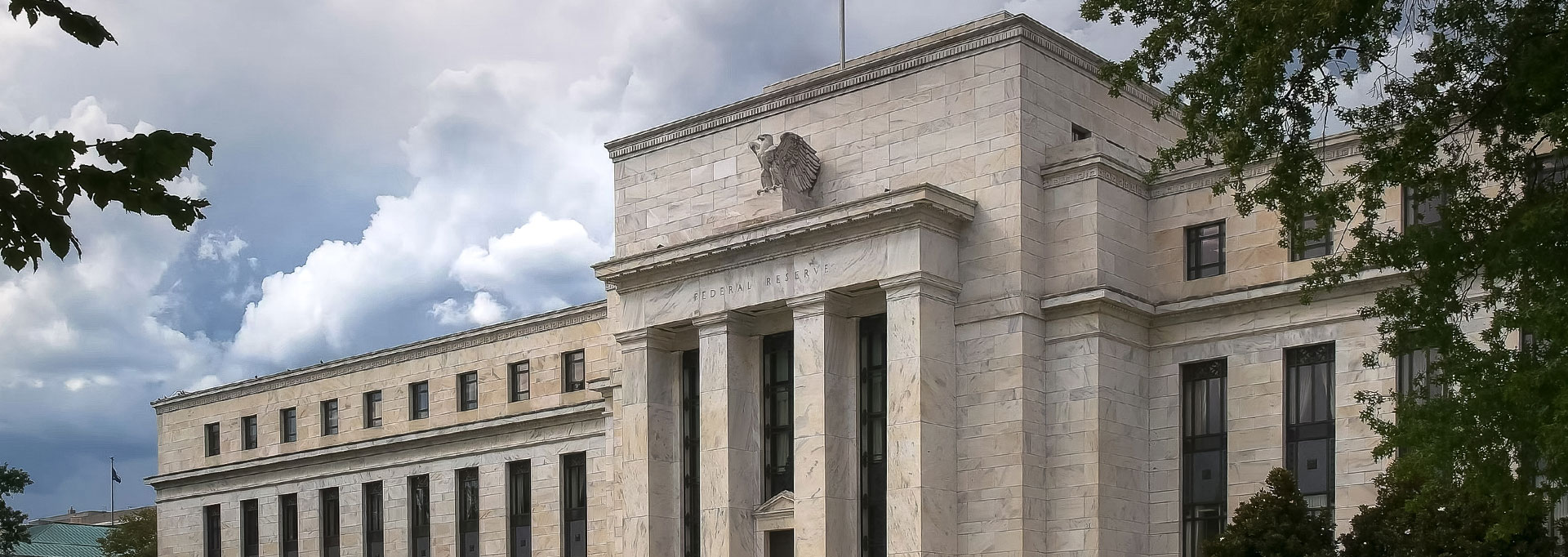Most products on this page are from partners who may compensate us. This may influence which products we write about and where and how they appear on the page. However, opinions expressed here are the author's alone, not those of any bank, credit card issuer, airline or hotel chain.
Key Takeaways
- Economic experts believe the federal funds rate—the interest rate at which banks lend each other money—will decline in 2024. This could lead to interest rates on certificates of deposit decreasing as well.
- Now could be a good time to open a CD to lock in a competitive APY before rates fall further.
- CDs remain a solid and stable investment option, and many still offer rates higher than what you’ll find with traditional savings accounts and even some high-yield savings accounts.
Certificates of deposit (CDs) have been having a moment for the past couple of years, with rates on many of these accounts topping 5%. With rates this high, it’s possible to earn several hundred dollars in interest, depending on your initial investment.
But we’ve got some disappointing news: While CD rates have been impressive recently, they could trend downward in 2024 if the Fed cuts its benchmark rate. That said, investing in a CD isn’t necessarily a bad idea despite potential rate declines.
Here’s a breakdown of what you can expect from CD rates in 2024 and the factors that can impact them.
Will CD Rates Be Dropping in 2024?
Economists are predicting that the federal funds rate will decline later this year, which could result in lower deposit account rates, including a drop in CD rates throughout 2024. This means that now may be a good time to lock in a high rate while you can before they continue to fall. The inflation rate has been trending downward recently, while the federal funds effective rate remains stable at 5.33%.
But there’s still uncertainty surrounding what will happen to rates. Whether the funds rate fluctuates depends on the Fed’s monetary policy decisions and broader economic performance. That said, experts recommend that consumers temper their expectations around CD rates in late 2024.
“The CME Group, a leading financial derivatives company that analyzes the federal funds rate and predicts changes using its CME FedWatch Tool, is anticipating declines. Its consensus is that in December 2024, the target federal funds rate will likely be around 100 basis points lower than today,” says Robert R. Johnson, Ph.D., CFA, CAIA, and Professor of Finance at Heider College of Business, Creighton University. “Absent any unanticipated economic changes, CD rates will probably trend downward this year.”
Current CD Rates
Banks set their own rates for deposit accounts, so while you might find some CD rates of 5% or higher, others may be much lower. Here are some of the best CD rates available currently.
| Card | CD Term | CD Rate | Learn More |
|---|---|---|---|
|
|
1 Year |
4.80% | Open CD |
|
|
1 Year |
5.00% | Open CD |
|
|
1 Year |
4.70% | Open CD |
|
|
1 Year |
4.50% | Learn More |
If you aren't thrilled about the idea of locking up your funds for a long period of time, no-penalty CDs can offer more flexibility and liquidity than traditional CDs. You can also purchase brokered CDs with terms as short as one month at competitive rates, though there are some risks involved.
Are CDs Still a Good Investment in 2024?
While CD rates could decline in 2024, that doesn’t mean these accounts are a bad investment. “CDs are a fairly safe place to store cash and earn some interest,” says Misha Mikhaylov, Chartered Financial Analyst (CFA) and CEO of Llama Loan. “And you may still be able to secure a rate above 5%, depending on where you look.”
Even if CD rates dip from 5% to 3% or 4% this year, investing in one still could be worthwhile, especially if you’re seeking a secure place for your money. A CD allows you to lock in a specific rate for a set term to earn a predictable amount of interest. Terms often vary from 3 months to 5 years, depending on your bank. Just ensure you won’t need to access the cash you invest, as taking money out of a CD before its maturity date could cost you. Banks typically charge a penalty amounting to a few months of interest if you need your cash early.
Here’s some insight into what you could earn if you invest $12,000 into a 12-month CD with a 5%, 4%, or 3% rate:
| CD rate | Total at maturity | Total interest earned |
|---|---|---|
|
5% |
$12,600 |
$600 |
|
4% |
$12,480 |
$480 |
|
3% |
$12,360 |
$360 |
While it would be nice to earn that 5% rate, your interest earnings with a 3% CD rate are still relatively high. You could also reinvest that cash in another CD with a generous rate to increase your savings over time.
If you prefer to have full access to your cash rather than tying it up in a CD for a set term, you could opt for a high-yield savings account instead. Rates on these accounts remain fairly high as well, though they will also likely trend downward as the Fed lowers its funds rate.
Recommended High-Yield Savings Accounts
| Bank Account | APY | Features | Learn More |
|---|---|---|---|
|
|
5.30%
*Annual Percentage Yield (APY) is accurate as of 6/4/2024. Rate is subject to certain terms and conditions. You must deposit at least $5,000 to open your account and maintain $25 to earn the disclosed APY. Rate and APY may change at any time. Fees may reduce earnings. |
$5,000 min. deposit |
Open Account |
|
|
5.15%
UFB Direct breaks balances into five tiers, but, currently, there is only one interest rate. |
No minimum deposit |
Open Account |
|
Member FDIC |
0.50% - 4.60%
SoFi members with Direct Deposit or $5,000 or more in Qualifying Deposits during the 30-Day Evaluation Period can earn 4.60% annual percentage yield (APY) on savings balances (including Vaults) and 0.50% APY on checking balances. There is no minimum Direct Deposit amount required to qualify for the stated interest rate. Members without either Direct Deposit or Qualifying Deposits, during the 30-Day Evaluation Period will earn 1.20% APY on savings balances (including Vaults) and 0.50% APY on checking balances. Interest rates are variable and subject to change at any time. These rates are current as of 10/24/2023. There is no minimum balance requirement. Additional information can be found at http://www.sofi.com/legal/banking-rate-sheet. |
No minimum deposit |
Open Account |
|
|
5.00%
Earn 5.00% APY on balances over $5,000. Balances of less than $5,000 earn 0.25% APY. Annual Percentage Yield is accurate as of May 6, 2024. Interest rates for the Platinum Savings account are variable and subject to change at any time without notice. |
$100 minimum deposit |
Open Account |
Why Do CD Rates Change?
While banks and credit unions set their own rates for deposit accounts, they’re influenced by the federal funds rate, a benchmark rate set by the Federal Reserve. This benchmark is the rate at which financial institutions can borrow or lend their reserves overnight, and the Federal Open Market Committee revisits it monthly. Sometimes they increase it, sometimes it decreases, and other times it stays the same.
When the federal funds rate increases, a couple of things typically happen. First, consumer lending rates rise, meaning you’ll see higher rates on mortgages, personal loans, and more. Because it’s more expensive to borrow, consumers become reluctant to apply for loans and may hold off on doing so until rates trend downward. Banks and credit unions typically respond to this by hiking their deposit account rates to attract new business. The opposite happens when the federal funds rate decreases—loan rates and deposit account rates generally decline.
What Happened to CD Rates in 2023?
To understand what happened with CD rates in 2023, it’s important to back up a bit for insight into how inflation impacts federal monetary policy decisions. The Fed typically increases its benchmark federal funds rate as a response to rising inflation rates in an effort to stabilize the U.S. economy.
To combat the historically high inflation of recent years, the Federal Reserve hiked its benchmark rate 11 times in 2022 and 2023. In January 2022, the federal funds effective rate was just 0.08%, and it increased to 5.33% by August 2023. In response, financial institutions increased deposit account rates to increase business as consumer lending rates also ticked upward.
As a result of all these shifts, many CD rates climbed above 5% in 2023, which was the highest they’d been since the early 2000s. So, if you invested $10,000 in a 6-month CD with a 5% rate in June 2023, you would’ve earned around $250 in interest when your CD reached maturity. For context, a 0.25% CD rate was considered generous post-pandemic. At that rate, your interest earnings, if your investment and term were the same, would’ve been just $12.50.
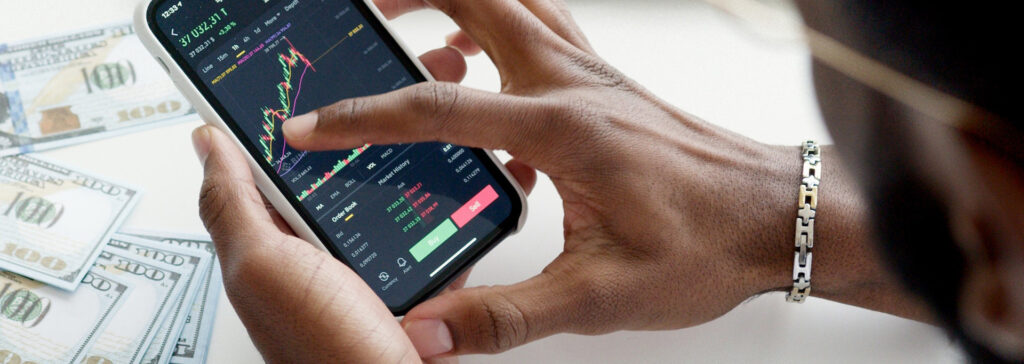 Related Article
Related Article
The Smartest (and Riskiest) Ways to Save in 2024
The Bottom Line
CD rates might decline this year, but nobody can predict this with 100% certainty. A lot hinges on the Fed’s monetary policy decisions and the broader economy. But even if rates do decline, putting money into a CD account could still be a smart money move, especially if you don’t need that cash for a while.




